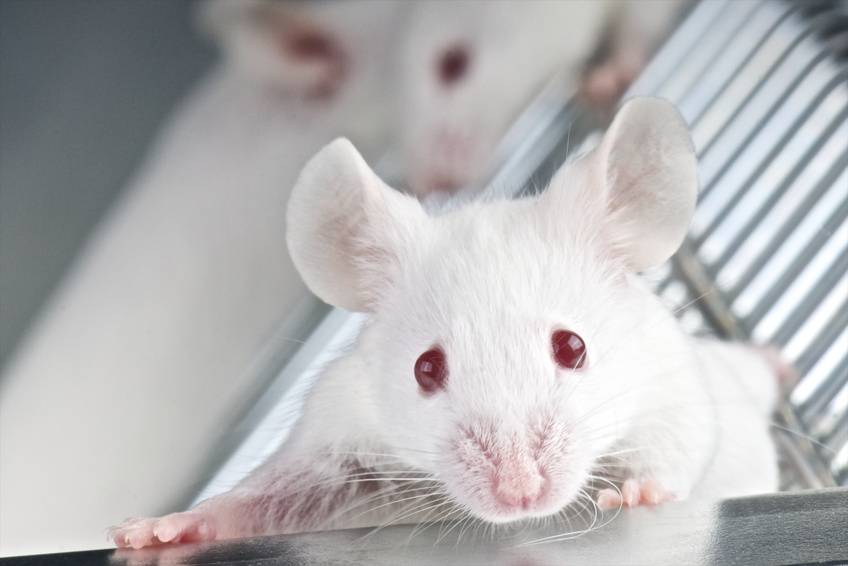Reaction to study claiming to increase life expectancy in mice through gene therapy
A study published by the company Rejuvenate Bio claims to have prolonged the life expectancy of healthy older mice, while improving other health parameters. The study used a gene therapy—introducing three genes, known as Yamanaka factors, that are particularly active in embryonic cells. According to the authors, the remaining life expectancy of the mice (whose age was equivalent to about 77 years in humans) was doubled, with a 7% increase in absolute terms. The results have been shared in a pre-print publication and have not yet been peer-reviewed.

Adobe Stock
Collado - Ratones Yamanaka EN
Manuel Collado
CNB-CSIC Scientific Researcher at the CiMUS of the University of Santiago de Compostela, IDIS. Laboratory of Cell Senescence, Cancer and Aging
Previous work had already shown that it's possible to rejuvenate cells and even progeric animals (with premature ageing syndrome) by temporarily and repeatedly expressing the Oct4, Sox2 and Klf4 genes. But until now, transgenic mice expressing these genes in all their cells had only been used as a research tool in the lab, to enable a proof of concept. Whether or not this process could be translated into clinical practice, and whether it could be used to rejuvenate very old animals, had not yet been addressed.
This study aims to develop a gene therapy using viral vectors that allow the expression of these genes in a controlled manner. When the viruses were injected into very old animals, whose remaining life expectancy was just over eight more weeks, and expression of the factors was induced, the mice lived an average of more than 18 extra weeks. Not only that, but an analysis of various health parameters revealed that the animals injected with the viruses expressing these genes showed less frailty associated with ageing.
The result is very striking and seems to endorse the rejuvenating potential of this strategy. However, the real application of this discovery is far off and should be taken only as one step in this research area. Moreover, the study is not yet published in peer-reviewed journal, where it would be subjected to the scrutiny of other researchers who could request additional evidence and assess the validity of the study. In fact, the amount of experimental data described [in the study] is minimal, and there are huge technical gaps that will no doubt be requested during the review process of the work prior to peer-reviewed publication. It doesn’t tell us whether these genes are actually expressed in the injected animals, in which tissues and with what kinetics. No attempt is made to find out how these genes would be acting and whether they might also have any negative effects. We do not know whether the experiment has been repeated several times, or whether we are shown only one attempt with a small number of animals, in which the strategy apparently worked.
We must also take into account the fact that the work has been carried out by a biotechnology company with obvious economic interests in this area of research, and we know that this often conditions the validity of the results. In this case, moreover, given the enormous competition between companies racing towards the promise of rejuvenation, it seems that the company is rushing to present itself as the first to achieve it, which has not allowed for sufficiently thorough experimentation and analysis.
- Research article
- Non-peer-reviewed
- Experimental study
- Animals
- Preprint


